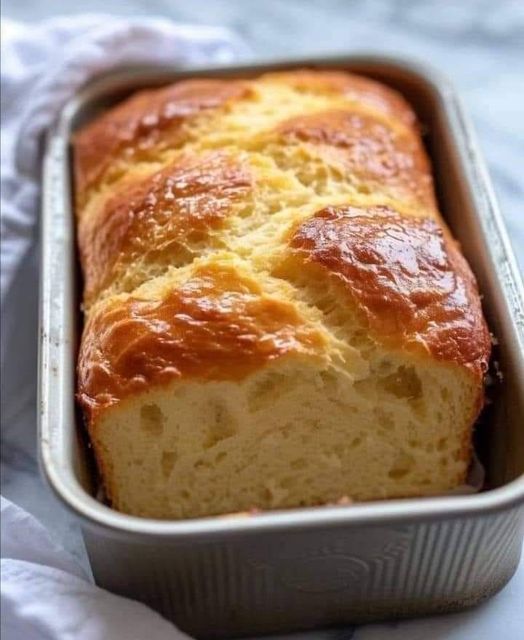ADVERTISEMENT
Recommend Cooking Tips to others
Make a copy of this recipe
Among foodies, there are heated arguments over the best way to cook a steak. This subject has the power to unite people or ignite passionate debates. This is especially the case when trying to get the ideal doneness for a steak. In terms of doneness, some people enjoy it rare, others medium-rare, and still others well-done. Both the physical sensation of biting into a juicy steak and the mental associations we form with the people we share it with at mealtimes make this an important issue.
When people disagree on how done a steak should be, it’s usually because their opinions and experiences are so subjective. First, let’s take a look at how knowing the difference between an undercooked and a medium-rare steak might improve your cooking and eating experiences. Read on for some tips that might help you put your differences aside and have a steak supper like no other.
Promotional Information
Grasping the Concept of Doneness Levels
1. Rare: A steak grilled to perfection has a cool crimson core and is cooked for only a few minutes. Its low internal temperature gives it the most moisture content and gives it a somewhat metallic flavor.
2. Medium-Rare: The main attraction here is a steak that is medium-rare. When cooked to an internal temperature of 130–135 degrees Fahrenheit, the flesh is red and warm in the middle. The texture and taste are just right.
For Complete Cooking STEPS Please Head On Over To Next Page Or Open button (>) and don’t forget to SHARE with your Facebook friends
ADVERTISEMENT
ADVERTISEMENT
3. The internal temperature of a medium-rare steak should be between 140 and 145 degrees Fahrenheit, and it should have a warm pink core. If you’re looking for something pink but yet want it done a little bit more, this is a great middle ground.
4. Medium-Well: The inside of this steak is somewhat pink, while the outside is largely brown. For those who want less humidity, it achieves an interior temperature of 150°F to 155°F.
The fifth method is well-done, which means the steak has been cooked to a temperature of 160 degrees Fahrenheit or above. They often forego softness in favor of doneness, and their color is consistent browning throughout.
Methods and Equipment:
1. Meat Thermometer: Using a meat thermometer is the surest method to know when your steak is done. For a precise reading, insert it into the steak’s thickest section.
Second, the touch test might be helpful if you don’t have access to a thermometer. Use several regions of your hand to gauge the steak’s hardness. When you connect your thumb to your middle finger, you’re getting a medium-rare steak, for instance.
Thirdly, give the steak some time to rest after cooking so the liquids may disperse. Even after taking the steak off the fire, it will continue to cook for a little while longer, which might change how done it seems.
Expressing Choices:
1. Make Your Preferences Clear: Whether you’re dining out or preparing steak at home, being explicit about your steak taste can help keep things on track.
2. Visual Indications: It might be useful to train your eyes to recognize the differences in color and texture of steak at various stages of doneness. Photos or visual instructions may be helpful resources.
Thirdly, trial and error: getting the perfect doneness in the steak cooker requires time and effort. Try out various methods and cooking times without fear.
Finally, there’s little denying that the tasty and sometimes subjective fight over steak doneness is a heated one. You may improve your cooking skills, knowledge of doneness levels, and ability to express your preferences by learning how to use the correct equipment and procedures. The quest for the ideal steak is an enjoyable experience that should not be rushed, regardless of whether you and your sister reach a consensus or continue to appreciate your own preferences.
ADVERTISEMENT
ADVERTISEMENT
